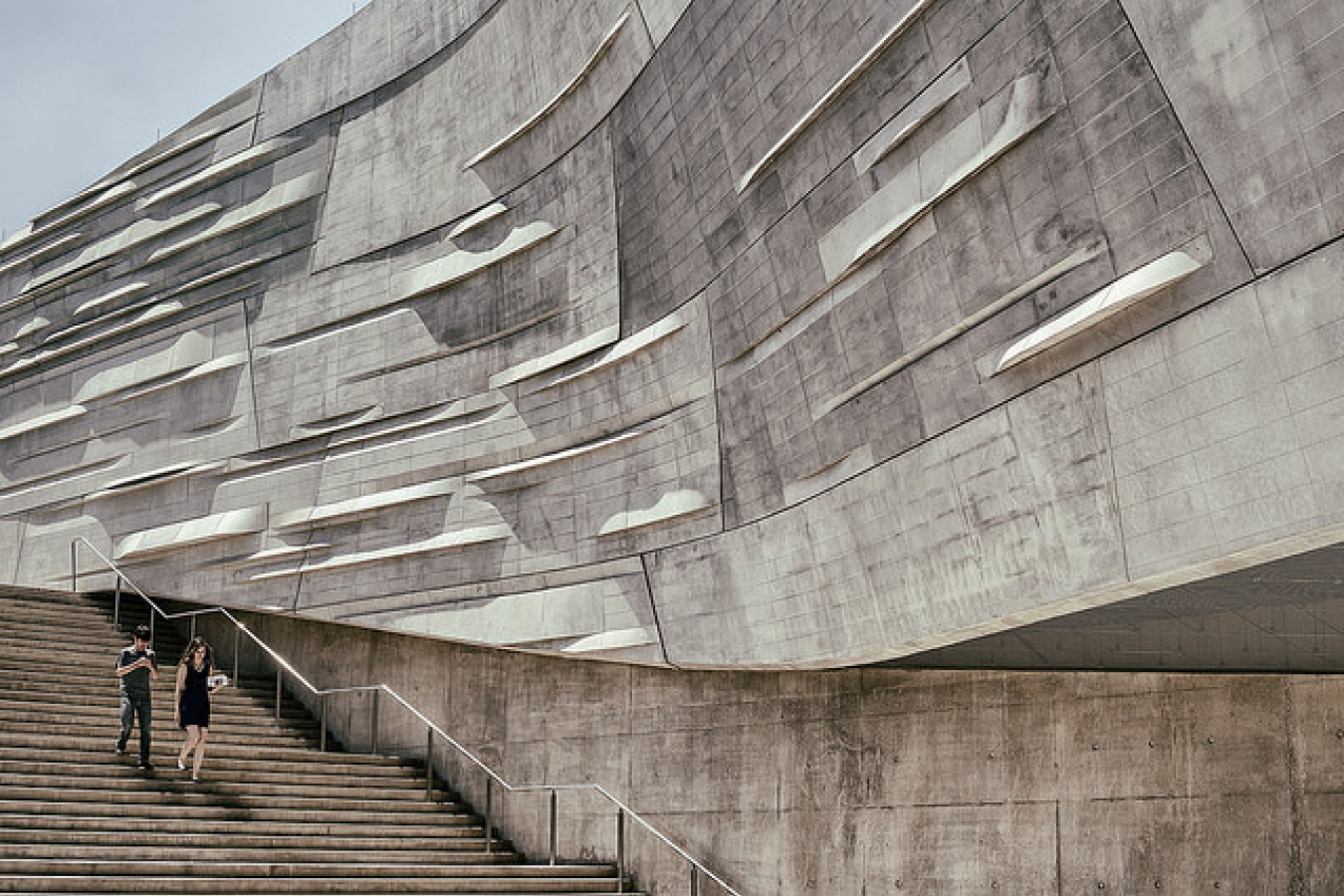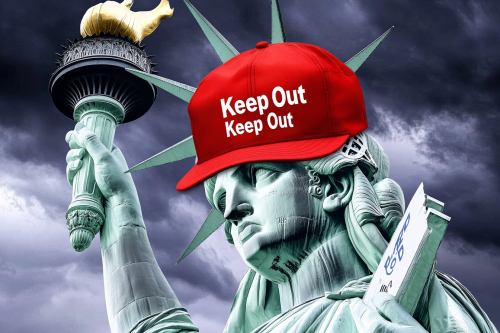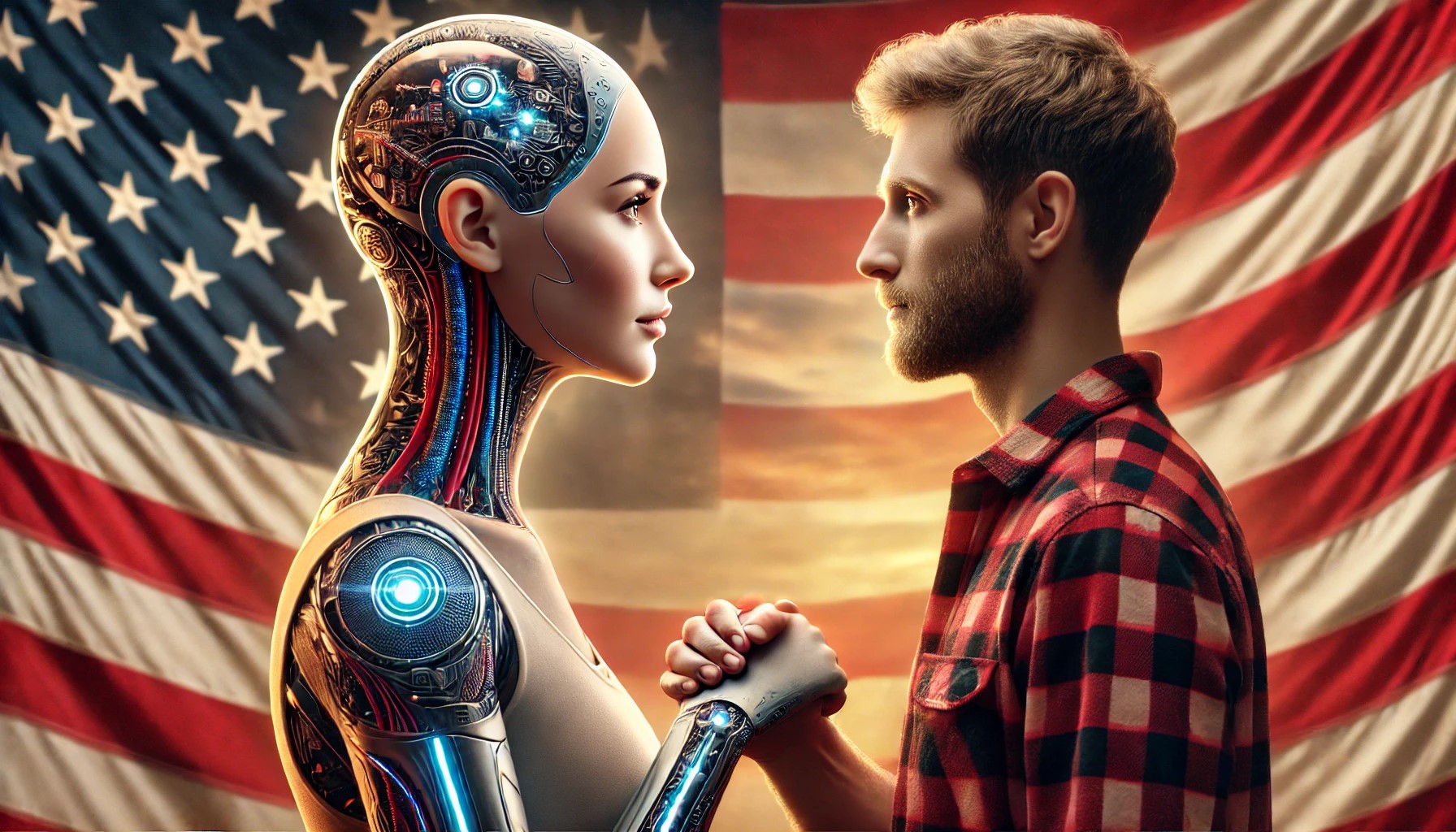The United States Citizenship and Immigration Services (USCIS) announced on 04 May 2007 that they have received enough petitions requesting exemptions to fill the quota of 20,000. The exemptions are for "foreign workers who have earned a master's degree or higher from a U.S. institution of higher education."
Normal H-1B petitions not subject to exemptions are capped at 65,000 per fiscal year.
The final receipt date for such submissions was set at 30 April 2007. USCIS started rejecting exemption petitions that were received on or after 01 May 2007, unless the petition was otherwise eligible for a separate cap exemption.
<$adv0> Exemption petitions received on or before 30 April 2007 will be subjected to a random computer generated selection process. Those not selected will be rejected, with documents and fees returned to the applicant, unless another basis for an H-1B exemption exists. Universities and qualified research institutions do not technically have a cap on H-1B visas; if they can meet criteria for a required skill, they may continue to submit petitions to allow new workers into the country.
The earliest date an applicant can file for an H-1B visa subject to the exemption cap for fiscal year 2009 is 01 April 2008. Individual people may now file for a United States H-1B visa. They must receive a job offer from a company and the company then files a petition on their behalf with the U.S. government to grant a visa for the worker.
The H-1B program is designed specifically to bring foreign-born workers to the United States who have skills that are in shortage with U.S. business interests.
Petitions for current H-1B workers to receive H-1B visa renewals do not count toward the congressionally mandated cap. USCIS will continue to process petitions that:
• extend the amount of time a current H-1B worker may remain in the US
• allow H-1B workers to change employers
• allow current H-1B workers to work in a second H-1B position
Enacted in 1990, the United States H-1B visa program allows US businesses to employ foreign workers in specialized, highly skilled occupations, and is especially intended to bring skill professionals such as researchers, scientists, engineers, and software developers to the U.S.
Related:
• US H-1B visa cap reached in one day• H-1B petitions to be accepted by US on 2 April 2007
• Indian outsourcing companies take the lion's share of U.S. H-1B visas
• US granting larger numbers of H-1B & student visas to Indians in 2006
• US Senator highlights concerns over H-1B visas
• Raising H-1B cap gaining support in US government
• US tech industry pushes for more H-1B visas
• US H-1B visas should not have limits: Bill Gates




